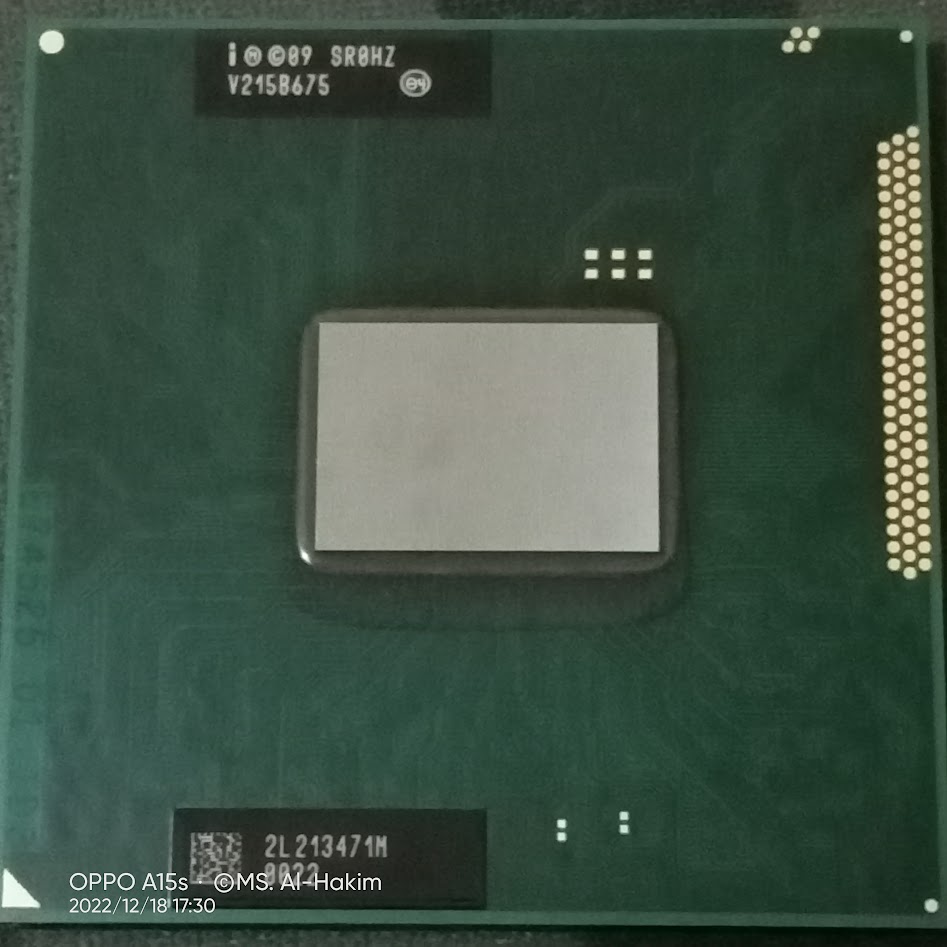Comparing: Intel HD Graphics Mobile (Sandy Bridge) vs Intel UHD Graphics 750
In this comparison, we analyze two Videocards: Intel HD Graphics Mobile (Sandy Bridge) and Intel UHD Graphics 750, using synthetic benchmark tests to evaluate their overall performance. This side-by-side comparison helps users understand which hardware delivers better value, speed, and efficiency based on standardized testing. Whether you're building a new system or upgrading an existing one, this benchmark-driven evaluation offers valuable insights to guide your decision.

Intel HD Graphics Mobile (Sandy Bridge)
| Type: | Videocards |
|---|---|
| Brand: | Intel |
| Model: | HD Graphics Mobile (Sandy Bridge) |

Intel UHD Graphics 750
| Type: | Videocards |
|---|---|
| Brand: | Intel |
| Model: | UHD Graphics 750 |
Specification Comparison Table
This specification comparison presents technical details of several devices or components to help you understand the key differences between each option. Use this table as a reference to determine which device best suits your needs.
| Specification | Intel HD Graphics Mobile (Sandy Bridge) | Intel UHD Graphics 750 |
|---|---|---|
| Architecture | Sandy Bridge | Rocket Lake |
| Codename | Sandy Bridge GT1 | Rocket Lake GT1 |
| Buswidth | - | SHARED |
| Clock | 650 MHz - 1050 MHz | 350 MHz - 1300 MHz |
| Memory Clock | SHARED | SHARED |
| Technology | 32 nm | 14 nm |
| Interface | IGP | IGP |
| Technology | 32 nm | 14 nm |
| Segment | Laptop | Desktop |
Submission Comparison Table
This submission comparison table displays the number and details of benchmark data submissions from various devices or components. This information helps you understand the performance based on the benchmarks that have been tested, as well as providing an overview of the consistency and popularity of the available benchmark results.
Submission Comparison Chart
This chart visualizes the benchmark scores comparison between two hardware devices based on submitted data.
Media Gallery
A collection of photos of tested hardware. These images can help you identify the physical form, model, and variant of the hardware in question. These photos are from our own documentation, and if they are not available we may not be able to document them.
About Hardware Intel HD Graphics Mobile (Sandy Bridge)
Intel HD Graphics (Sandy Bridge) is Intel's second generation integrated GPU, present in processors such as the Intel Celeron B815, released in 2011. This GPU uses the Sandy Bridge architecture and has between 6 and 12 execution units (EUs) depending on the CPU model. On the Celeron B815, this GPU runs at a base frequency of 650 MHz and can go up to 1.05 GHz through the Dynamic Frequency (Turbo) feature.
Although not designed for high performance, Intel HD Graphics Sandy Bridge brings improvements over the previous generation, including support for DirectX 10.1, OpenGL 3.1, and HD video decoding hardware through Intel Quick Sync Video technology. This allows 720p to 1080p video playback to run quite smoothly, and the low power consumption is suitable for energy-efficient laptops.
However, due to the limited number of execution units and the absence of dedicated VRAM, the graphics performance is only suitable for light tasks such as browsing, watching videos, and using office applications. Light or older games such as Plants vs Zombies, Counter-Strike 1.6, and GTA: Vice City can still be played at low resolutions and minimum graphics settings.
Compared to newer generation integrated GPUs such as Intel HD 4000 and above, the performance of Sandy Bridge HD Graphics is already quite behind. But for an entry-level laptop like SAMSUNG 300E4Z with 4GB DDR3 Dual Channel RAM, this GPU is still worth using as a basic graphics solution in operating systems like Windows 7.
Overall, Intel HD Graphics (Sandy Bridge) on Celeron B815 is a simple yet functional graphics solution for light daily use, especially on older generation laptops that can still be utilized for basic productivity tasks and light entertainment.
Hardware Detail:
Device: SAMSUNG 300E4Z
RAM: 4GB DDR3 Dual Channel
OS: Windows 7
Sunday, 27 November 2022 02:25:40 | Update: 1 month ago
About Hardware Intel UHD Graphics 750
Intel UHD Graphics 750 is an integrated GPU used in the 11th generation Intel Core processors (Rocket Lake), including models such as the Core i5-11400 and Core i7-11700. It has 32 Execution Units (EUs) and runs at frequencies up to 1.3 GHz, offering competitive graphics performance in the iGPU (integrated GPU) class. Designed to handle daily graphics tasks, the UHD Graphics 750 is a significant upgrade from its predecessor, the UHD 630, especially in terms of media efficiency and modern codec support.
With support for DirectX 12, OpenGL 4.6, and Vulkan 1.2, the Intel UHD 750 can run multimedia applications, 2D graphics, and light games in a stable manner. Hardware acceleration features for HEVC (H.265), VP9, and AV1 codecs are also present, enabling high-resolution video playback (up to 4K) with lower power consumption. In addition, HDR support makes this GPU suitable for entertainment needs such as video streaming, light video editing, and high-quality visual displays on modern monitors.
This GPU is integrated in systems like the Dell OptiPlex 5090 that use an Intel Core i7-11700 processor, 32GB of RAM, and Windows 10 operating system. In this configuration, the UHD Graphics 750 is able to handle most everyday visual computing needs without the need for a discrete GPU. The graphics performance is sufficient enough to open multiple browser tabs with multimedia content, run productivity applications such as Microsoft Office, Zoom, and even some light e-sport games.
Hardware Detail:
Device: Dell OptiPlex 5090
CPU: i7-11700
RAM: 32GB
OS: Windows 10
Tuesday, 13 June 2023 12:07:50 | Update: 1 month ago



